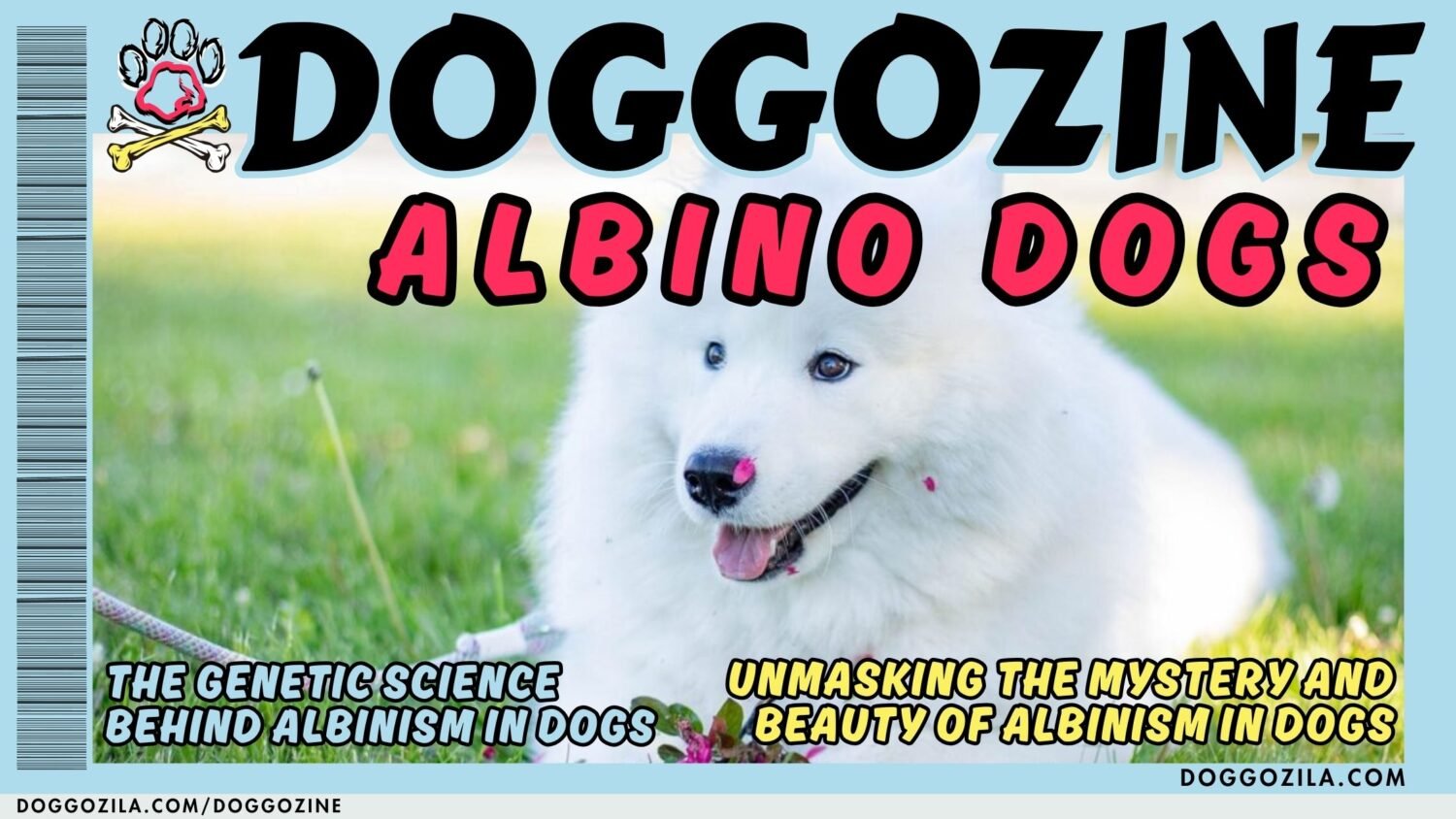Dogs are known for being able to sense human emotions. But did you know that they can actually smell your mood? Read more and find out how dogs can smell your mood!

DOGS HAVE A HIGHLY DEVELOPED SENSE OF SMELL
That’s right, dogs have a highly developed sense of smell that allows them to detect changes in our body chemistry, including changes that are caused by our emotions. For example, when we’re stressed, our bodies release hormones like cortisol and adrenaline. These hormones can be detected by dogs’ noses, and they can cause dogs to behave differently.
For example, a dog that is used to being calm and relaxed may start to bark or whine when its owner is stressed. Or, a dog that is normally playful may become withdrawn and lethargic. So, dogs can smell your mood, they can smell other emotions, such as happiness, sadness, and anger. In fact, one study found that dogs were able to correctly identify human emotions with 90% accuracy.
Do Dogs can smell your mood?
It’s not entirely clear, but scientists believe that dogs may be able to smell the chemicals that are released by our bodies when we experience different emotions. These chemicals include hormones, pheromones, and other volatile organic compounds. Dogs also have a very keen sense of smell for other things, such as food, danger, and other dogs.
So, it’s possible that they’re able to use their sense of smell to piece together clues about our emotions from a variety of sources. Whatever the mechanism, it’s clear that dogs are very good at sensing our emotions. And this ability can be a valuable asset, both for dogs and for their owners.
For example, dogs can provide comfort and support to people who are feeling stressed or anxious. They can also help to detect changes in our health, such as the onset of a panic attack or a heart attack. If you’re interested in learning more about how dogs can smell your mood, there are a number of resources available online and in libraries. You can also talk to your veterinarian or a certified animal behaviorist.
Tips for understanding how dogs can smell your mood
Pay attention to your dog’s body language. When your dog is stressed, it may pant, whine, or pace. It may also avoid eye contact or try to hide. Listen to your dog’s vocalizations. Dogs may bark, whine, or growl when they are feeling stressed or anxious. Notice your dog’s changes in behavior. Dogs may become more clingy or withdrawn when they are feeling stressed. They may also lose their appetite or have trouble sleeping.
If you notice any of these changes in your dog’s behavior, it’s important to take steps to help them feel better. This may involve providing them with more exercise, giving them a calming massage, or playing calming music. If you’re concerned about your dog’s emotional well-being, it’s always a good idea to talk to your veterinarian. They can help you to determine the best course of action for your dog.
Dogs are amazing creatures that are capable of sensing our emotions in a variety of ways. Their ability to smell our mood is just one example of their incredible abilities. If you’re a dog owner, it’s important to be aware of how your dog can smell your mood. This knowledge can help you to better understand your dog and to provide them with the support they need.

WHY ARE DOGS’ NOSES SO UNIQUE: EXPLORING THE CANINE OLFACTORY SYSTEM
Dogs are remarkable creatures in many ways, and one of their most distinctive features is their extraordinary sense of smell. A dog’s nose is a wonder of nature, far more advanced than our human olfactory system. But why are dogs’ noses so unique, and what makes them stand out in the animal kingdom?
In this article, we’ll delve into the world of the canine olfactory system and explore the fascinating reasons behind their exceptional sense of smell.
The Anatomy of a Dog’s Nose
A dog’s sense of smell is rooted in its remarkable nasal anatomy. While humans have approximately 5 to 6 million olfactory receptors in their noses, dogs boast an astonishing 125 to 300 million. This means that dogs have a far more sensitive and sophisticated sense of smell than humans.
In addition to the sheer number of olfactory receptors, a dog’s nose is equipped with some unique features:
- Jacobson’s Organ (Vomeronasal Organ): This specialized organ, located in the roof of the dog’s mouth, allows them to detect pheromones, chemical signals, and other substances that humans cannot perceive.
- Turbinate Bones: Dogs have intricate scroll-like bones in their nasal passages called turbinate bones. These bones serve to increase the surface area inside the nose, enabling dogs to capture and process a wider range of scents effectively.
- Scent Receptors in the Brain: The olfactory bulb in a dog’s brain, responsible for processing scent signals, is substantially larger than in humans, which further enhances their ability to analyze smells.
Why Do Dogs Have a Better Sense of Smell?
The evolutionary history of dogs provides insight into why their sense of smell is so advanced. Dogs are descendants of wolves, and their ancestors relied heavily on their sense of smell for hunting, tracking, and survival. Over thousands of years, selective breeding has further enhanced and specialized their olfactory abilities.
But it’s not just genetics that give dogs their exceptional sense of smell. Dogs actively use their noses to explore the world around them, and their olfactory skills are honed through daily experiences. Their acute sense of smell helps them communicate, navigate, and gather information about their environment.

THE FACTS ABOUT A DOG’S SENSE OF SMELL
Dogs are true scent detectives, and their noses can detect a myriad of odors with astounding precision. A dog’s sense of smell is not only powerful but also incredibly discriminating. They can differentiate between a vast array of scents, even those that are very similar.
This ability has made dogs indispensable in various roles, such as search and rescue, narcotics detection, and even medical diagnoses. The key to this extraordinary skill lies in the olfactory receptors. When a dog sniffs, scent molecules are captured by sensory cells in the nose and transported to the olfactory bulb. The olfactory bulb processes this information and sends it to the brain, where it’s analyzed and interpreted.
Dog Breeds with Exceptional Sense of Smell
While all dogs have a superior sense of smell compared to humans, some breeds stand out even among their dog counterparts.
Here are a few breeds renowned for their extraordinary olfactory abilities:
- Bloodhound: Often considered the scent-tracking champion, Bloodhounds have an unparalleled ability to follow scents over great distances.
- Beagle: Beagles are frequently used in drug detection due to their keen sense of smell and ability to pinpoint odors.
- German Shepherd: These versatile dogs excel in various roles, including search and rescue and police work, thanks to their strong olfactory skills.
- Coonhound: Coonhounds are expert at tracking and treeing raccoons, making them highly valued for hunting.
- Basset Hound: With their long ears and powerful noses, Basset Hounds are skilled scent trackers, especially in dense vegetation.

UTILIZING A DOG’S SENSE OF SMELL
Given their exceptional sense of smell, dogs are not only invaluable in professional roles but can also be trained for everyday tasks and recreational activities.
Here are some ways in which we can make the most of a dog’s olfactory capabilities:
Scent Detection Training
Dogs can be trained to detect specific scents, such as explosives, drugs, or missing persons. This is not only useful in professional fields but can also be a fun and engaging activity for dogs and their owners.
Medical Detection
Dogs are increasingly being trained to detect various medical conditions, including low blood sugar in diabetics and certain types of cancer, by identifying distinct odor changes in the body.
Search and Rescue
Dogs play a crucial role in search and rescue missions, helping to locate missing persons in various terrains and conditions.
Nose Work and Tracking
Engaging dogs in nose work or tracking activities can provide mental stimulation and exercise while tapping into their natural abilities.

KEY RESEARCH ON HOW DOGS CAN SMELL YOUR MOOD
This text synthesizes cutting-edge research demonstrating dogs’ remarkable ability to detect human emotional states, particularly stress, through biochemical odor cues (sweat, breath). Key studies reveal that exposure to human stress odors triggers behavioral changes in dogs, such as increased pessimism and altered learning (Bristol, 2024), activates specific brain regions like the amygdala for emotional processing (Bar-Ilan, 2025), and can be identified by trained dogs with over 93% accuracy due to distinct stress-related volatile organic compounds (VOCs) overriding individual scent signatures (Belfast, 2022).
Collectively, this research confirms that human stress acts as an “olfactory contagion,” directly impacting dog cognition and welfare, while highlighting significant implications for refining assistance-dog training, optimizing detection roles through neural feedback, and safeguarding dogs’ well-being by minimizing exposure to human stress, especially in high-stakes environments.
Study 1: Stress Odors Induce Pessimism & Altered Learning (University of Bristol, 2024)
Experimental Design and Odor Collection
Researchers exposed 18 dogs to sweat/breath samples from humans undergoing stress-inducing tasks (public speaking, timed math tests) versus relaxation (watching calming videos). Physiological stress indicators (cortisol, heart rate) were validated in human donors, and samples were collected via axillary cloth pads.
Dogs were trained in a cognitive bias test: two food bowl locations (one always rewarded, one empty) established baseline behavior. Ambiguous “middle” bowls were then introduced to assess optimism (quick approach) or pessimism (hesitant approach) when exposed to stress, relaxation, or no odors .
Key Behavioral Findings
Dogs exposed to stress odors showed 36% slower approaches to the ambiguous bowl near the unrewarded location, indicating heightened pessimism about receiving food. This behavioral shift suggests stress odors triggered a negative emotional state, promoting risk-averse decisions.
Conversely, relaxed human odors caused no measurable change. Intriguingly, dogs improved their learning speed for the original bowl locations when stress odors were present, indicating that human stress may sharpen canine focus on known threats/rewards while dampening exploratory behavior.
Implications for Human-Dog Dynamics
This study confirms human stress acts as an “olfactory contagion,” directly impacting dogs’ decision-making and welfare. It highlights risks in high-stress environments (e.g., kennels or assistance-dog training), where handler tension may impede learning.
Recommendations include stress-reduction techniques during training and awareness that dogs detect stress biochemically, even from strangers, altering their behavior independently of visual cues.
Study 2: Neural Mechanisms of Odor-Emotion Processing (Bar-Ilan University, Israel, 2025)
Innovative Brain Imaging Methodology
Israeli scientists pioneered non-invasive laser speckle imaging to track real-time brain activity in freely moving dogs exposed to odors (garlic, menthol, cannabis, alcohol).
This technology measured blood flow changes in three key regions: the olfactory bulb (odor processing), hippocampus (memory), and amygdala (emotion). Unlike fMRI/EEG, this method required no sedation, revealing neural dynamics during naturalistic sniffing behaviors.
Table: Dog Brain Regions Activated by Odor Processing
| Brain Region | Primary Function | Role in Odor-Emotion Processing |
| Olfactory bulb | Initial odor detection | Filters and routes scent signals |
| Amygdala | Emotion and memory formation | Key for differentiating threat/reward odors |
| Hippocampus | Contextual memory | Links odors to past experiences |
Amygdala’s Central Role
Contrary to prior assumptions, the amygdala, not the olfactory bulb, showed strongest activation during odor discrimination. This emotional hub processed contextual meaning of scents (e.g., categorizing cannabis as “threatening” vs. alcohol as “neutral“).
Machine learning analysis confirmed amygdala patterns predicted odor type with 89% accuracy, redefining it as the core node for translating smells into behavioral responses.
Future Applications
The team is developing a lightweight headset using these findings to translate amygdala signals in real time. Potential uses include optimizing detection dogs for search and rescue or medical alert roles by bypassing trained behavioral indicators. This could revolutionize PTSD service dogs, allowing immediate response to owner distress via odor-driven neurofeedback.
Study 3: Discrimination of Baseline vs. Stress Odors (Queen’s University Belfast, 2022)
Bio-Detection Precision Testing
Using a double-blind protocol, four dogs (Treo, Fingal, Soot, Winnie) were trained to identify stress odors in 720 trials. Human donors provided breath/sweat samples pre- and post-stress (math tests), with stress confirmed via blood pressure, self-reports, and cortisol.
Dogs first learned to alert to post-stress samples alongside blanks (Phase 1), then discriminated them from baseline (relaxed) samples (Phase 2).
Unprecedented Accuracy Rates
Dogs achieved 93.8–96.9% accuracy in distinguishing stress from baseline odors, far exceeding chance (33%). Success persisted even when baseline/stress samples came from the same donor, confirming that stress-specific volatile organic compounds (VOCs) override individual odor “signatures.” Notably, dogs used right-nostril sniffs for stress samples, a behavior linked to right-hemisphere processing of threats.
Mechanisms and Service-Dog Applications
The study proved stress VOCs are distinct and universally detectable across humans. Service dogs leveraging this ability could interrupt anxiety/panic attacks earlier than current methods. Training programs now integrate odor recognition to enhance alert reliability for PTSD or psychiatric service dogs.
As lead researcher Clara Wilson noted: “Dogs don’t need visual cues, stress has a smell, and they know it“.
Synthesis and Future Directions
These studies converge on dogs’ unparalleled ability to decode human emotions biochemically, with implications for animal welfare, assistance-dog training, and human mental health support.
Key physiological mechanisms include:
- Cortisol/adrenaline detection via sweat/breath
- Amygdala-driven threat assessment of stress VOCs
- Cross-species emotional contagion affecting canine learning
Future research will explore VOC profiles of specific emotions (e.g., grief, joy) and develop odor-based training modules for service dogs. For dog owners, minimizing stress exposure particularly during training remains critical to safeguarding their pets’ emotional well-being.
Brief sum up on how dogs can smell your mood!
The canine olfactory system is a testament to the wonders of nature and evolution. Dogs’ noses are unique due to their exceptional anatomy, vast number of olfactory receptors, and evolutionary history. This exceptional sense of smell is not just a curiosity; it’s a tool that dogs actively use to navigate their world and communicate with us. Understanding and appreciating their olfactory abilities can lead to a deeper bond with our canine companions and open up new possibilities for their training and enrichment. Dogs can really smell your mood and we love them for that!
If you want to explore more facts about your dog nose, we recommend to visit the Wiki Pages on this topic!









